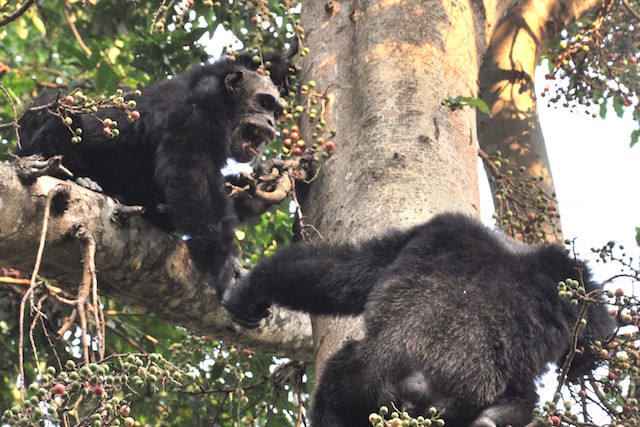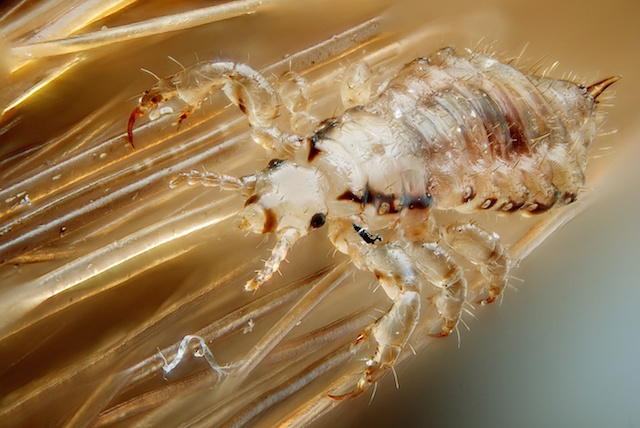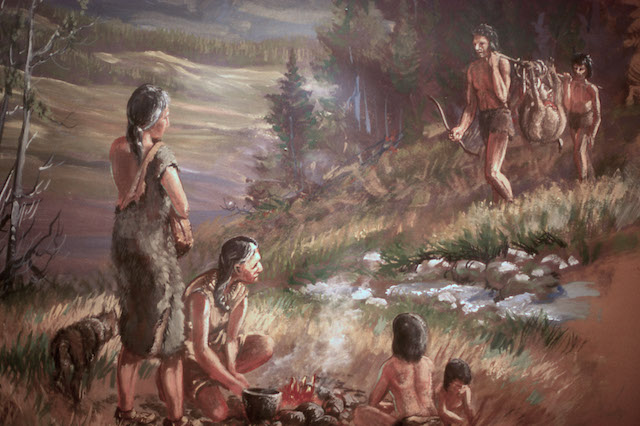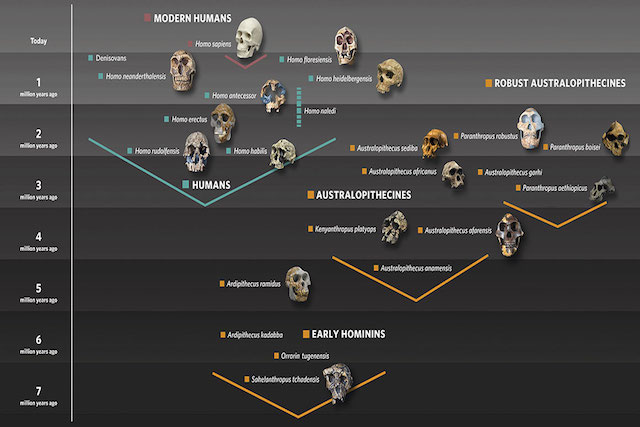10 Theories about the evolution of man
Narcotics theory. Terens Kemp McCen, the philosopher and an expert of psychedelikov, once suggested that people gained consciousness, feeding by special psychogenic mushrooms, and alien origin. Mushrooms grew only in the interval from 18 to 12 thousand years ago, but during this time they managed to change the mind of the former monkeys, turning them into people. This theory is not popular, but it is necessary to pay tribute - some mushrooms could really survive on other planets, as well as affect the human brain with constant reception.
Aquatic theory. Unlike the overwhelming majority of other hominids, people have very little hair. Scientists are still not sure why, but one explaining this theory nominated the biologist Alista Hardy in 1929. Perhaps about 6-8 million years ago, our distant ancestors mined food, swimming and diving, and gradually got rid of excess fur, acquiring instead of subcutaneous fat, like whale or dolphins.
Theory "Mozgian Eve". We all got our mitochondrial DNA from a certain woman who lived in Africa about 200 thousand years ago, which is called Mitochondrial Eva. British neurobiologist Colin Blaikmore went further, saying that in addition, we owe this woman the size of our brain. Because of the genetic mutation, its brain could be 30% more than the contemporaries that she conveyed to all descendants. They survived where children of other ancient mothers died, only due to the size of the brain.

Theory of violence. Link to violence is not the best of our features, but it is possible that we evolved thanks to her. In 1953, such a theory put forward the Australian anthropologist Raymond Darth. Ancient people explored new lands, seeking to displace other tribes, capture them and even eat. Maybe because of this, other species of humans have died out, and the survivors stuck together with Crohanyonians - often not by goodwill.


Food theory. What was the difference between a person's diet clearer from the diet of other hominid of antiquity? Two points - meat and carbohydrates. When we started eating meat about 3 million years ago, more neurons were gradually formed in our brain. People studied cooperation on the hunt, developing public skills. The carbohydrates are the main food for the brain, which most likely influenced his evolution.
![]()
Climate theory. People living on the Earth dozens of millennia, saw a repeated change of climate - from the heat to glaciers. Perhaps each sharp shift provoked us to no less sharp jumps in development - to adapt to unstable weather conditions.

Crossing theory. When 60 thousand years ago, Comanonians left Africa, they crossed with Neanderthals and Denis people - other types of hominid. The result led to interspecific crossing and the appearance of hybrids - in our DNA they still have their traces. In ancient times, it was hybridization that helped people adapt to new living conditions outside the African continent.
Theory of straightening. The habit of our ancestors to move on the legs could affect the features of our brain. The logic is the following - due to straightening the shape of the pelvis in women changed, and the generic canal narrowed. Because of this, the baby skulls became softer - to successfully overcome new obstacles. And then it is the mild skull that allowed the brain to increase in size.
The theory of throws. On the territory of the Georgian city of Dmanisi in 1991 discovered the remains of a separate type of hominid. Their guns were primitive, but there is the theory that they masterfully knew how to pop by stones, drivening out the saber-to-block Lviv. Oddly enough, such skills could have a positive effect on the development of the human brain - after all, the area responsible for coordinating the hands and eyes when throwing is located there, where and the area of \u200b\u200bspeech. Not to mention the fact that the joint defense of predators contributed to socialization.
